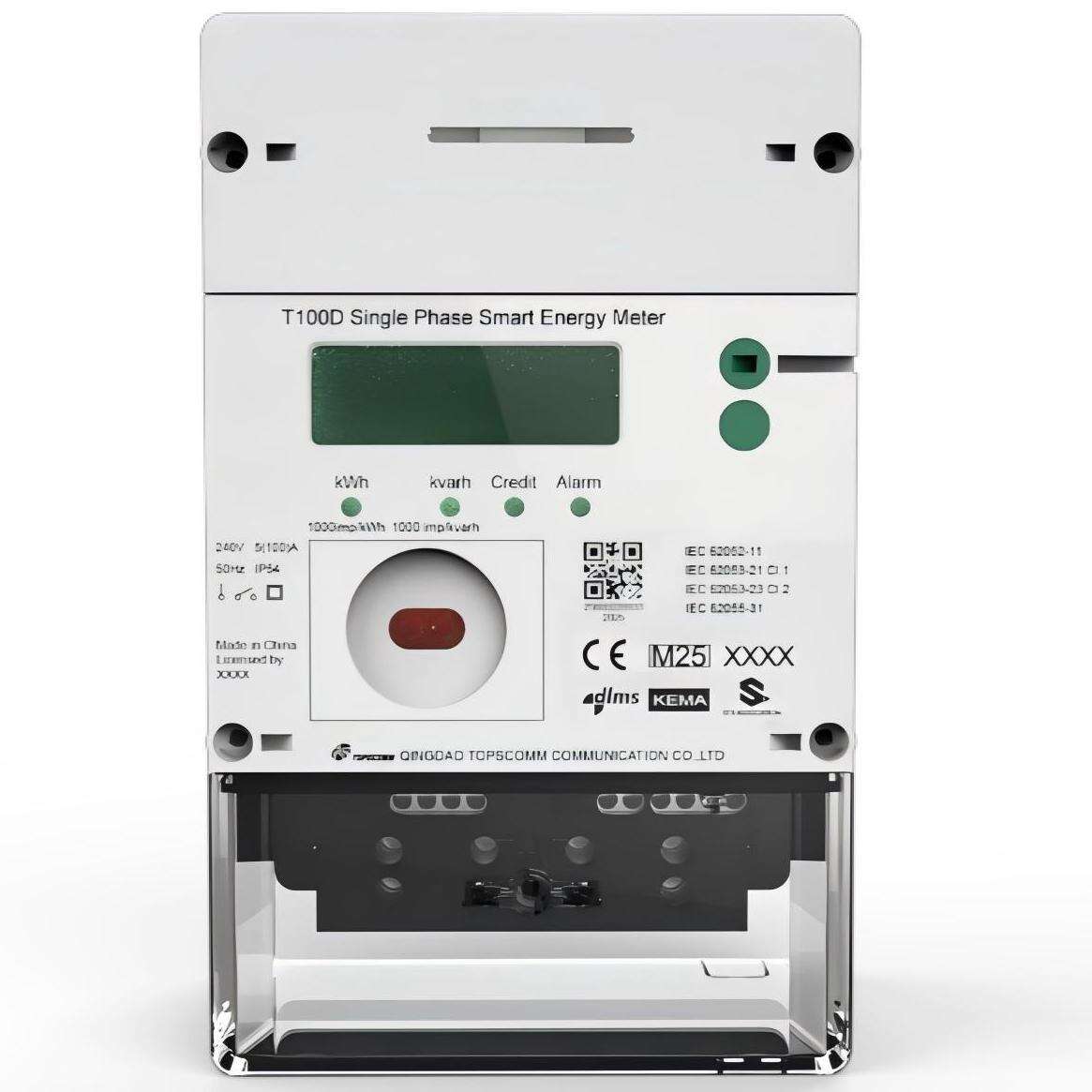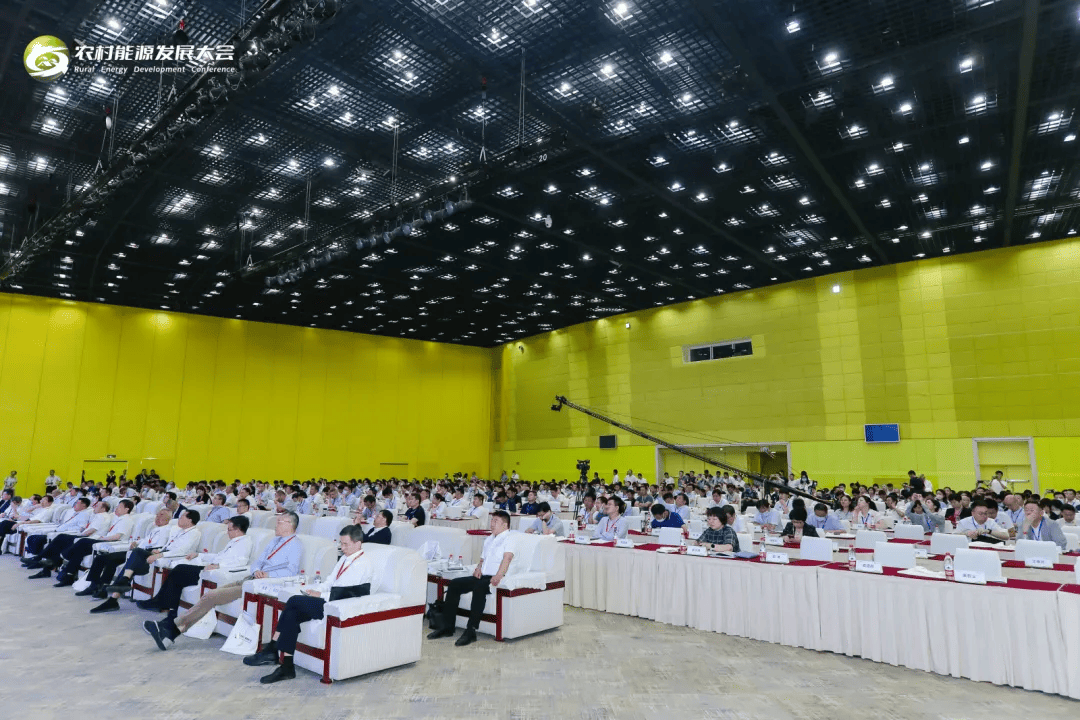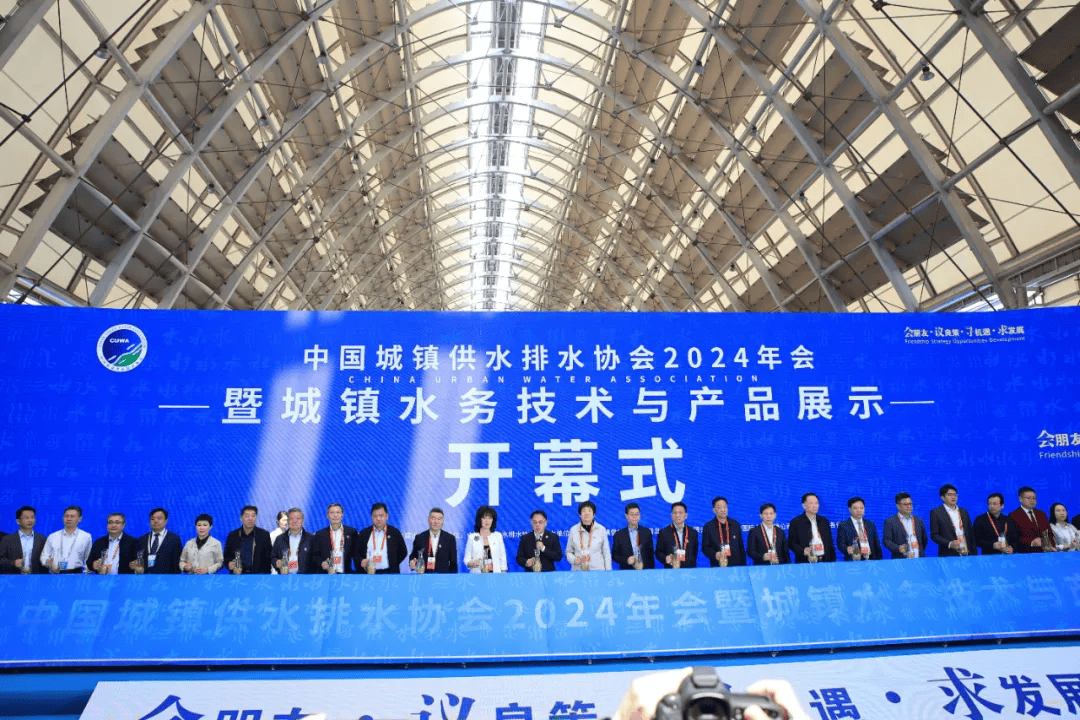The Evolution of Modern Electric Infrastructure
The traditional power grid, a marvel of 20th-century engineering, is undergoing a remarkable transformation. Power grid modernization represents one of the most significant infrastructure developments of our time, combining advanced technologies with existing systems to create a more resilient, efficient, and sustainable energy network. This revolutionary shift is reshaping how we generate, distribute, and consume electricity in ways that were unimaginable just a few decades ago.
As communities worldwide face increasing energy demands, climate challenges, and the need for greater reliability, power grid modernization has become not just an option but a necessity. This comprehensive transformation encompasses everything from sophisticated sensors and communication systems to artificial intelligence and renewable energy integration, creating a smarter and more responsive energy infrastructure.

Smart Grid Technology and Advanced Metering
Advanced Metering Infrastructure (AMI)
At the forefront of power grid modernization is Advanced Metering Infrastructure, which represents a significant leap forward from traditional analog meters. These smart meters enable two-way communication between utilities and consumers, providing real-time data about energy consumption patterns. This technology allows for more accurate billing, faster outage detection, and better load forecasting, ultimately improving grid reliability and customer service.
The implementation of AMI systems also enables demand response programs, where consumers can actively participate in energy management. By receiving price signals and consumption data, customers can adjust their usage patterns to take advantage of lower-cost periods, reducing strain on the grid during peak demand times.
Distribution Automation Systems
Distribution automation represents another crucial component of power grid modernization. These systems utilize sensors, switches, and sophisticated control algorithms to monitor and manage power flow automatically. When faults occur, these systems can isolate problems and reroute power, significantly reducing the duration and scope of outages.
Modern distribution automation also incorporates voltage optimization capabilities, ensuring that power quality remains consistent across the network. This technology helps utilities maintain optimal voltage levels, reducing energy waste and extending the life of both grid equipment and consumer appliances.
Integration of Renewable Energy Sources
Advanced Inverter Technologies
The integration of renewable energy sources into the power grid requires sophisticated inverter technologies. Modern inverters not only convert DC power from solar panels and wind turbines into AC power for the grid but also provide essential grid support functions. These smart inverters can help regulate voltage, manage reactive power, and maintain grid stability even with high penetrations of renewable energy.
Grid-forming inverters represent the next evolution in this technology, capable of establishing and maintaining grid frequency and voltage independently. This advancement is crucial for creating microgrids and enabling the transition to 100% renewable energy systems in some areas.
Energy Storage Solutions
Battery energy storage systems are becoming increasingly central to power grid modernization efforts. These systems provide multiple benefits, including peak shaving, frequency regulation, and backup power during outages. Advanced battery technologies, coupled with sophisticated energy management systems, enable utilities to store excess renewable energy during periods of high generation and deploy it when needed most.
The deployment of distributed energy storage systems also helps create a more resilient grid by providing localized power sources that can operate independently during emergencies. This capability is particularly valuable in areas prone to natural disasters or extreme weather events.
Digital Technologies and Analytics
Artificial Intelligence and Machine Learning
Artificial intelligence and machine learning applications are revolutionizing grid operations through predictive maintenance, load forecasting, and optimization. These technologies analyze vast amounts of data from grid sensors and devices to identify patterns, predict potential failures, and optimize power flow in real-time. This predictive capability helps utilities prevent outages before they occur and maintain more efficient operations.
AI-powered systems also enhance cybersecurity measures by detecting and responding to potential threats more quickly than traditional security systems. As power grid modernization continues, these intelligent systems become increasingly important for protecting critical infrastructure from cyber attacks.
Cloud Computing and Edge Processing
Modern grid operations rely heavily on cloud computing and edge processing capabilities to manage the enormous amount of data generated by smart devices. Edge computing brings processing power closer to data sources, enabling faster response times and reduced bandwidth requirements. This distributed architecture is essential for applications requiring real-time decision-making, such as microgrid management and demand response programs.
Cloud platforms provide the scalability and flexibility needed to handle varying computational loads and store historical data for analysis. These systems enable utilities to better understand grid behavior, optimize operations, and plan for future upgrades more effectively.
Cybersecurity and Resilience
Advanced Security Protocols
As power grid modernization introduces more digital technologies, cybersecurity becomes increasingly critical. Modern grids implement multiple layers of security, including encryption, authentication protocols, and secure communication channels. These measures protect sensitive data and control systems from unauthorized access while ensuring the reliable operation of grid infrastructure.
Security frameworks are continuously evolving to address new threats and vulnerabilities. Utilities are implementing zero-trust architectures and advanced threat detection systems to maintain grid security in an increasingly connected world.
Physical Infrastructure Hardening
Beyond digital security, power grid modernization includes physical infrastructure improvements to enhance resilience against natural disasters and other threats. This includes underground power line installation, advanced materials for transmission towers, and reinforced substations. These upgrades help ensure continuous power delivery even under extreme conditions.
Modern grid designs also incorporate redundancy and self-healing capabilities, allowing the system to maintain operation even when some components are damaged or offline. This approach significantly improves overall grid reliability and reduces recovery time after major events.
Frequently Asked Questions
How does power grid modernization benefit consumers?
Power grid modernization provides consumers with more reliable electricity service, better control over their energy usage, and access to renewable energy options. It enables more accurate billing, faster outage restoration, and the potential for lower energy costs through improved efficiency and demand response programs.
What role do microgrids play in grid modernization?
Microgrids are essential components of power grid modernization, providing localized power generation and distribution capabilities. They enhance grid resilience by operating independently during outages and help integrate renewable energy sources at the community level.
How long does it take to modernize a power grid?
Power grid modernization is an ongoing process that typically occurs in phases over several years or decades. The timeline depends on factors such as existing infrastructure, available funding, regulatory requirements, and technological advancement. Most utilities implement modernization projects gradually to maintain reliability and manage costs effectively.







